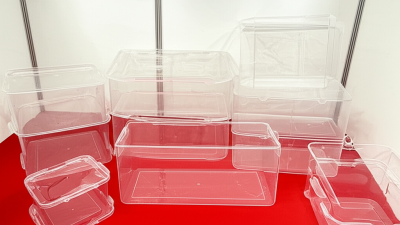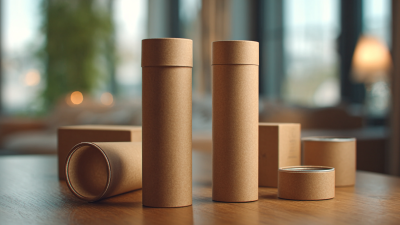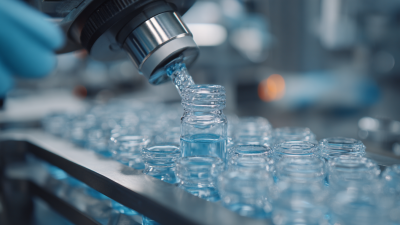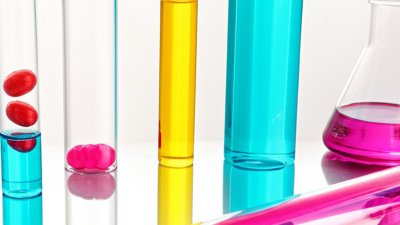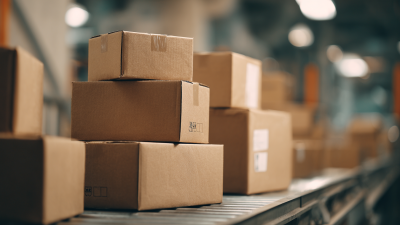As the global demand for environmentally friendly solutions continues to rise, the exploration of sustainable packaging containers emerges as a crucial conversation in the realm of environmental conservation. This shift not only addresses the pressing concerns of plastic pollution but also presents innovative alternatives that promise to reduce our ecological footprint. The integration of digital technologies and sustainable materials opens up a myriad of opportunities for the packaging industry to revolutionize how products are contained and delivered. This introduction delves into the future prospects of packaging containers, examining how advances in technology and materials science are shaping a more sustainable approach. By focusing on the impact of these innovations on the environment, we can better understand the pivotal role packaging containers play in achieving a greener future.
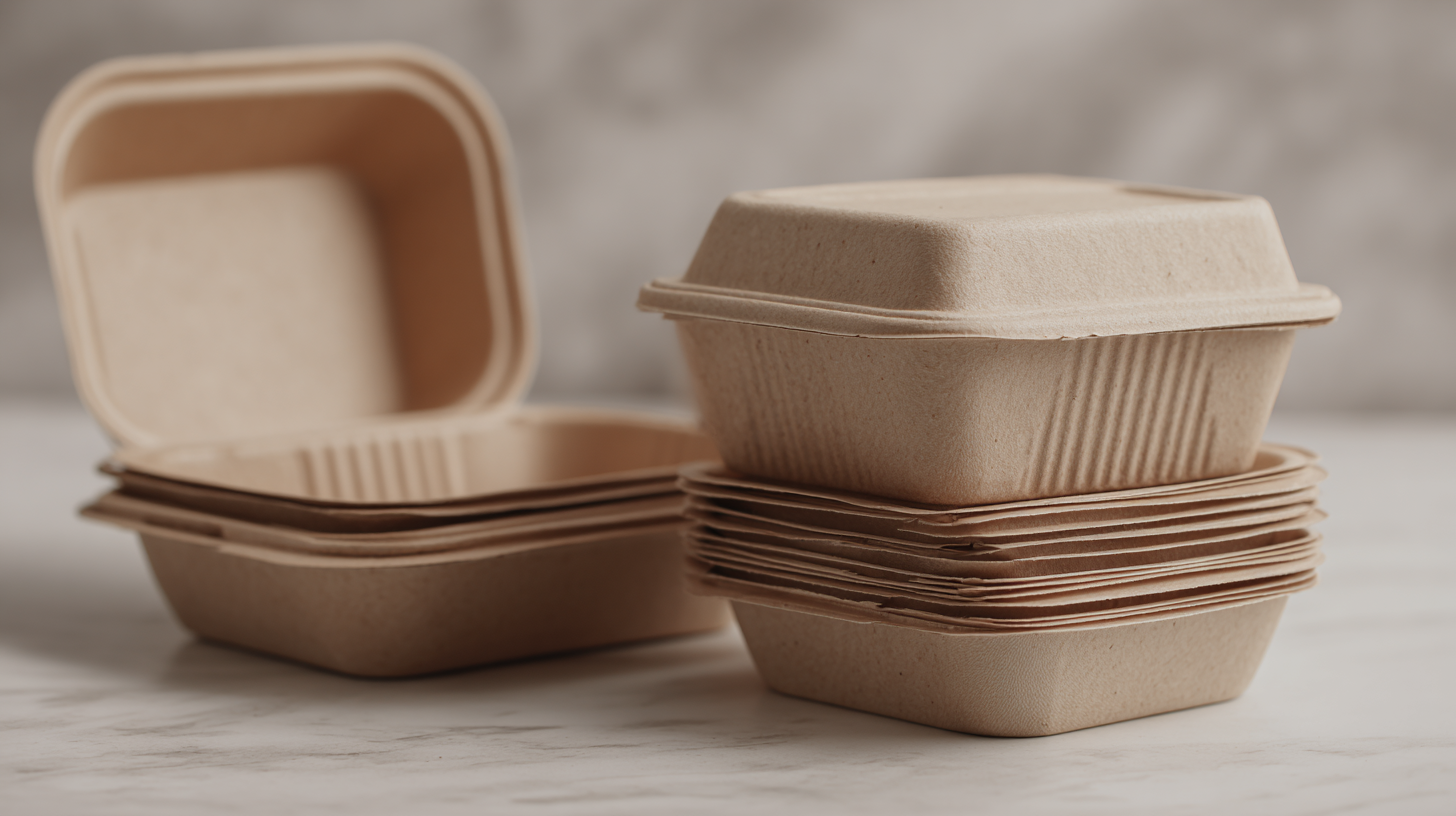
The packaging industry is undergoing a significant transformation, driven by the urgent need for sustainable practices. A key player in this movement is the rise of biodegradable materials, which serve as an eco-friendly alternative to traditional plastics. According to a report by Grand View Research, the global biodegradable plastics market is expected to surpass USD 6.7 billion by 2025, expanding at a compound annual growth rate (CAGR) of 17.5%. This surge reflects a growing awareness among consumers and businesses alike about the environmental impact of packaging waste.
Biodegradable materials, such as polylactic acid (PLA) and polyhydroxyalkanoates (PHA), are becoming increasingly popular in various sectors, from food and beverage to textiles. These materials not only break down more easily and reduce the strain on landfill sites, but they also contribute to a circular economy by being compostable and non-toxic. According to a study published by the USDA, replacing conventional plastics with biodegradable options could significantly decrease greenhouse gas emissions by up to 90%, showcasing their potential environmental benefits. As regulations tighten and consumer preferences shift towards greener alternatives, the adoption of biodegradable materials is poised to redefine the future of sustainable packaging and mitigate the ecological footprint of packaging industries worldwide.
| Material Type | Biodegradability | Carbon Footprint (kg CO2eq / ton) | Recycling Rate (%) | Estimated Decomposition Time (Years) |
|---|---|---|---|---|
| PLA (Polylactic Acid) | Yes | 1,300 | 38 | 1-3 |
| PHA (Polyhydroxyalkanoates) | Yes | 1,600 | 40 | 3-6 |
| PBAT (Polybutylene Adipate Terephthalate) | Yes | 1,500 | 30 | 2-4 |
| Compostable Paper | Yes | 900 | 70 | 3-6 |
| Bamboo-based Packaging | Yes | 800 | 95 | 2-4 |
As we approach 2025, the integration of smart packaging technology into sustainable practices is gaining momentum across various industries. The sustainable pharmaceutical packaging market is projected to reach USD 92 billion by 2024, highlighting a significant shift towards eco-friendly solutions that minimize environmental impact. Smart packaging, which includes sensors and smart tags, not only enhances product safety and freshness but also aids in waste reduction—a crucial factor in combating food insecurity affecting over two billion individuals worldwide.
In the food industry, innovations such as AI and IoT are being deployed to create intelligent packaging systems that provide real-time information about food quality and shelf life. This not only helps retailers manage inventory more efficiently but also empowers consumers to make informed choices, ultimately driving down food waste. Embracing these technologies aligns with the sustainability goals of many brands, as businesses recognize that eco-friendly packaging can lead to increased customer loyalty and brand value.
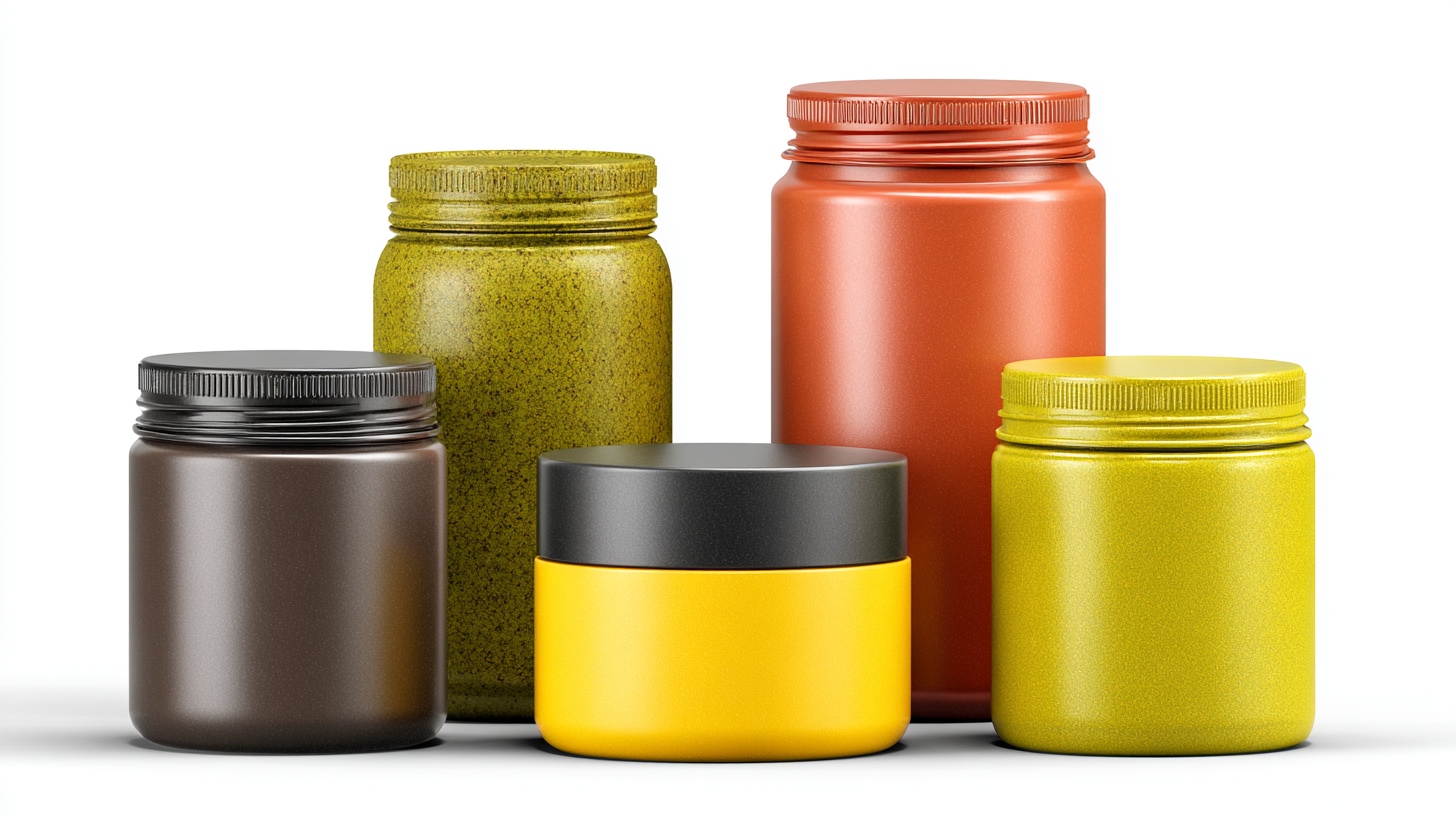
As consumer awareness regarding environmental issues continues to rise, there is an unmistakable shift toward eco-friendly packaging solutions. A recent report by Smithers Pira highlighted that the global market for sustainable packaging is expected to reach $500 billion by 2027, reflecting a compound annual growth rate (CAGR) of 5.7%. This trend is largely driven by consumers, especially millennials and Gen Z, who prioritize sustainability in their purchasing decisions. According to a survey by Packaging Innovations, 72% of consumers are willing to pay more for products that use sustainable packaging, indicating a clear preference for environmentally responsible choices.

Brands are responding to this demand by innovating their packaging strategies. In 2021, a study published by Nielsen revealed that 48% of consumers actively seek out products with sustainable packaging, demonstrating a significant shift in purchasing behaviors. Companies like Unilever and Coca-Cola are leading the charge, investing heavily in biodegradable materials and reusable packaging systems. Sustainability is no longer just a trend; it has become a vital component of brand loyalty and consumer trust, shaping the future of packaging in industries ranging from food to cosmetics.
As the urgency for environmental protection escalates, regulatory trends play a pivotal role in shaping the development of sustainable packaging. Governments worldwide are increasingly recognizing the significance of reducing plastic waste and carbon footprints associated with traditional packaging materials. Legislation aimed at minimizing single-use plastics and promoting recyclable and biodegradable alternatives is becoming more prevalent. These regulations not only guide manufacturers in their design choices but also create a framework that incentivizes innovation in sustainable packaging solutions.
Moreover, regulatory frameworks are driving collaboration among stakeholders within the packaging supply chain. From policymakers to manufacturers and consumers, everyone is compelled to adopt practices that align with environmental goals. This collaborative effort is crucial in fostering a circular economy, where materials are reused and recycled efficiently. As companies strive to comply with new regulations, they are also encouraged to rethink their packaging strategies, leading to the development of more sustainable options that mitigate environmental impact. Thus, the influence of regulatory trends cannot be overstated; they are instrumental in steering the industry towards a more sustainable future.
The lifecycle impact of packaging solutions on our ecological footprint is an increasingly critical topic in environmental sustainability. According to a report from the Ellen MacArthur Foundation, packaging accounts for nearly 30% of the world’s plastic consumption, contributing significantly to pollution and waste. Therefore, analyzing the entire lifecycle—from raw material extraction to disposal—is essential in understanding and mitigating these impacts. Lifecycle assessments (LCA) reveal that traditional plastic packaging can take hundreds of years to decompose, releasing harmful substances into ecosystems during that time.
Innovations in sustainable packaging, such as biodegradable materials and reusable containers, offer promising alternatives. A study by the World Economic Forum indicates that transitioning to sustainable packaging could reduce global greenhouse gas emissions by up to 8.2 gigatons annually by 2030. Furthermore, research highlights that the production of compostable packaging can result in up to 50% lower carbon emissions compared to conventional plastic. As businesses and consumers increasingly prioritize environmentally friendly choices, measuring and understanding the lifecycle impacts of various packaging options will be vital in shaping a greener future.

